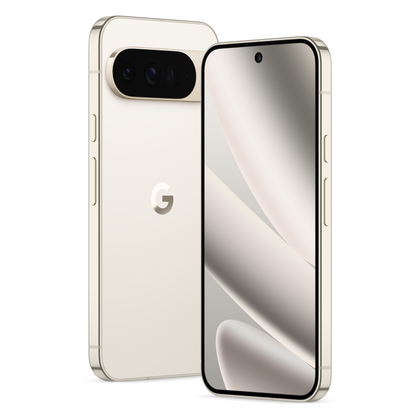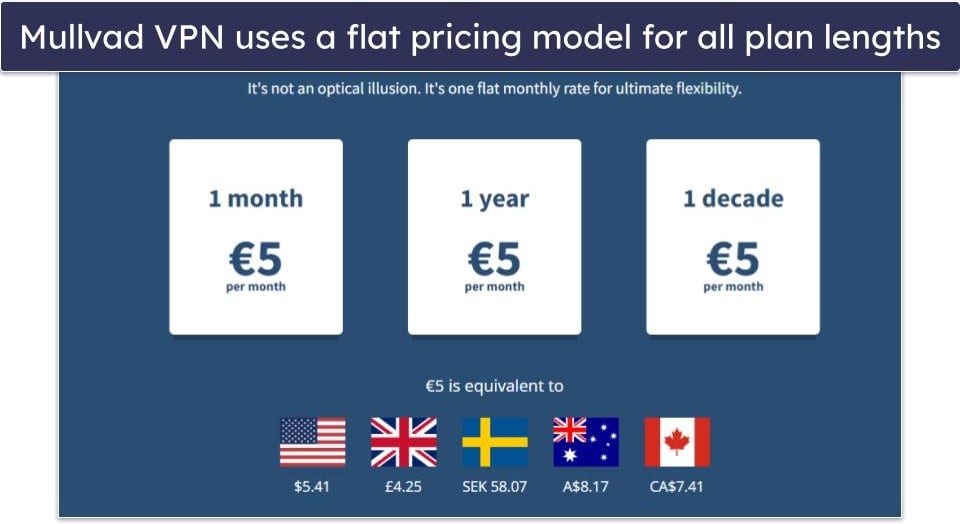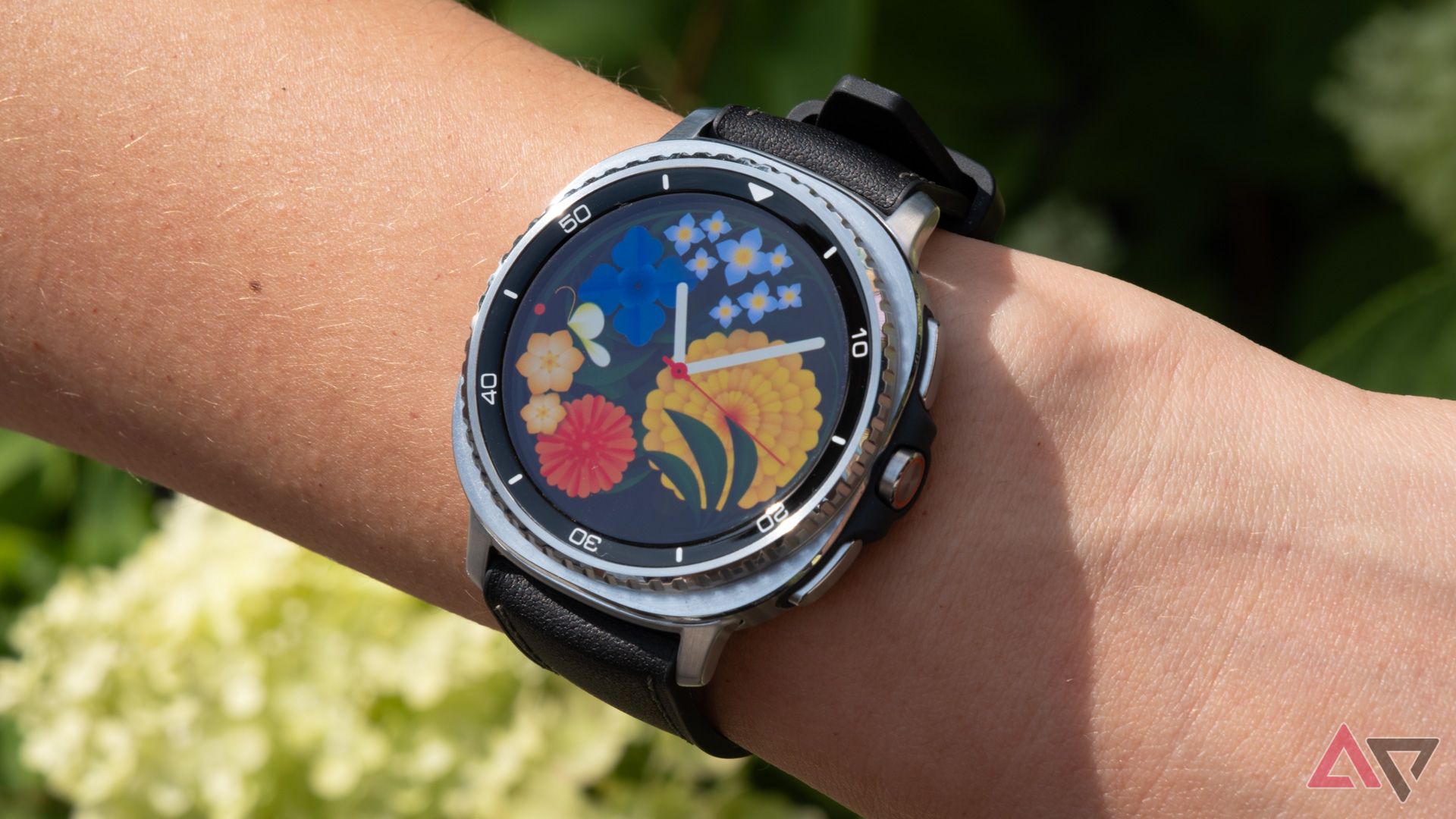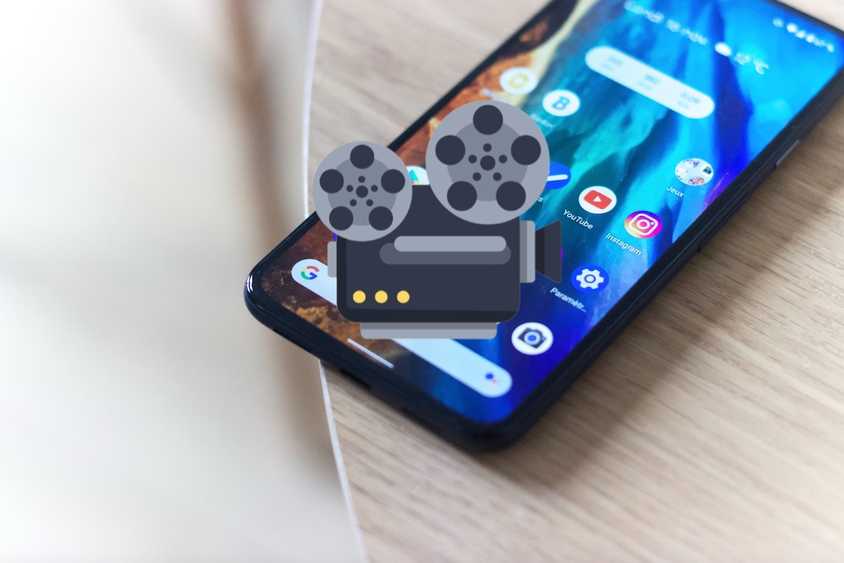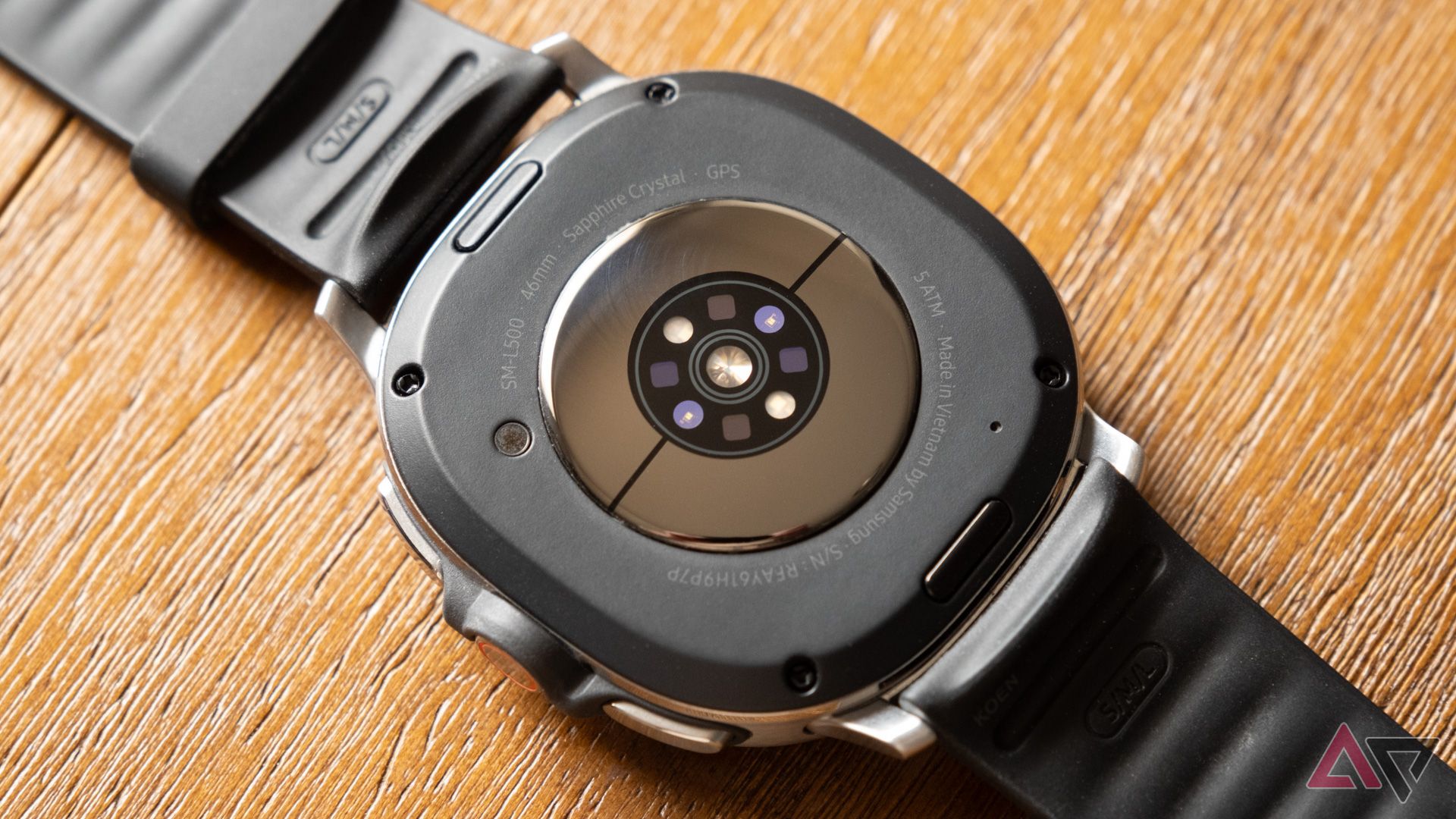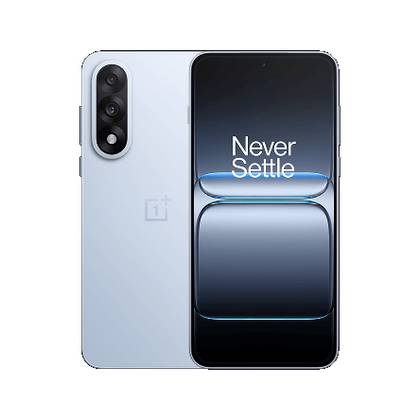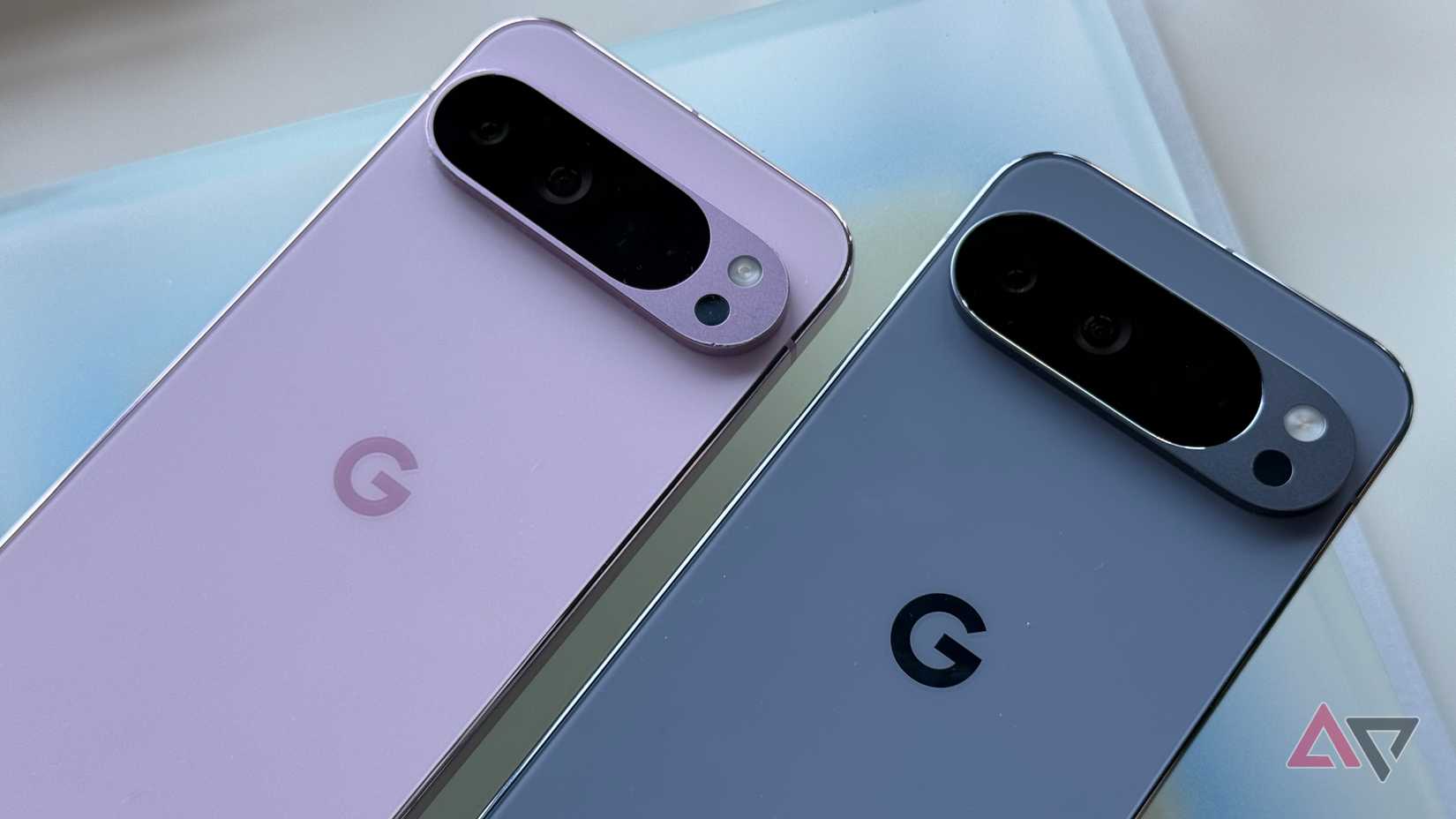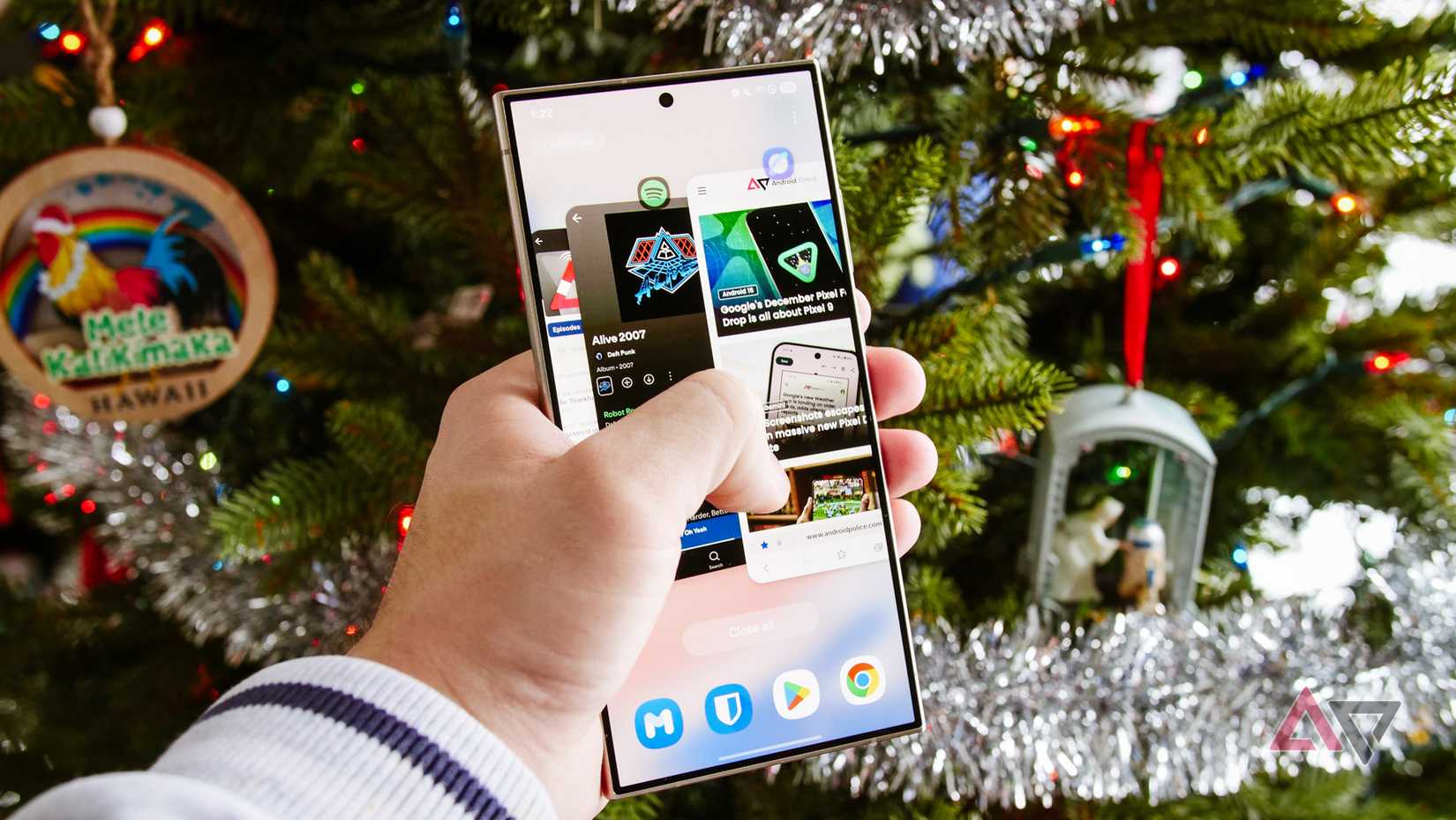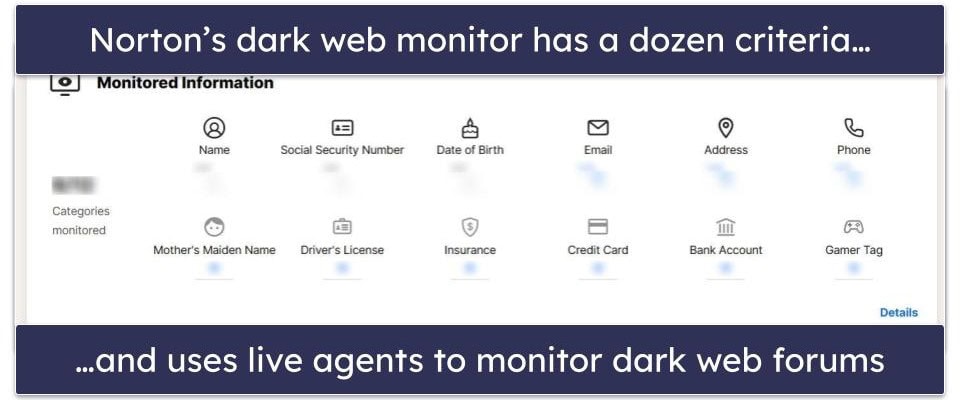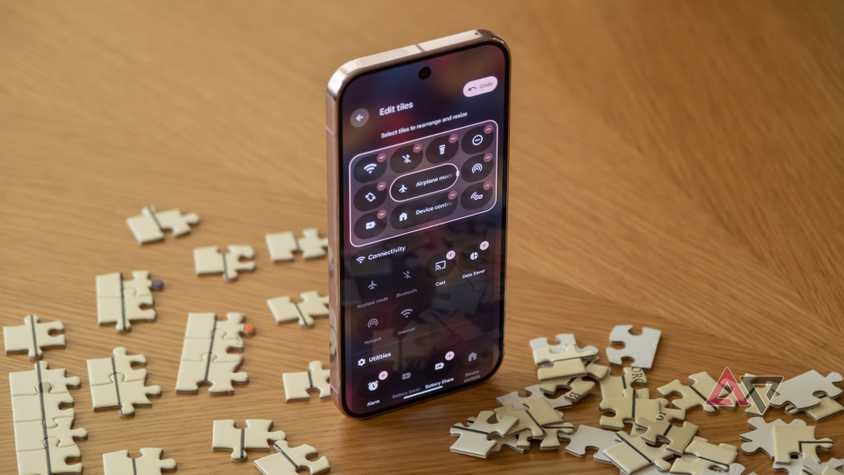Samsung’s high-end smartwatches have always been a little tricky to recommend. That’s not to say they’re bad: on its face, the Samsung Galaxy Watch 8 Classic is actually a great wearable, with long battery life, snappy performance, and a high-end, durable build.
But as always, the Watch 8 Classic’s standard counterpart, the Galaxy Watch 8, offers almost everything the Classic does, in a slimmer package and for less money. If you’re an enthusiast looking to upgrade from a Watch 6 Classic or Watch 4 Classic, though, this could be the one for you — assuming it fits on your wrist, anyway.
Samsung Galaxy Watch 8 Classic
- Case Material
-
Stainless steel
- Case size
-
46mm
- Colors
-
Black, White
- Display
-
1.34″ Super AMOLED
The Watch 8 Classic is Samsung’s latest high-end wearable. It comes with all the premium smartwatch trappings like a bright, sapphire crystal-coated display, long battery life, and strong performance, plus the rotating bezel longtime fans love. But it straight up won’t work for people with smaller wrists, and it’s super expensive at $500 (or $550 with LTE).
- Rotating bezel is as cool as ever
- Two-day battery life
- Solid performance
- Only comes in one XL size
- Real expensive
- Annoying AOD bugs
Specs, price, and availability
The Galaxy Watch 8 Classic comes in a single, large size: 46mm. You get your choice of two accent colors, black or white, which apply to the trim around the watch’s face and buttons. Outside those areas, the watch’s case is silver on both colorways.
There are four different bands available direct from Samsung: Sport, Fabric, Athleisure, and Hybrid, each of which comes in five different colors. For this review, Samsung let me try the black model with a black Hybrid band. Whichever band you choose, the Watch 8 Classic costs $500, or $550 if you want to add LTE connectivity.
You can pick up the Watch 8 Classic from stores like Best Buy, Walmart, and Amazon, too. If you get the watch from a retailer other than Samsung, it’ll come with a Hybrid band that matches the watch’s accent color.
Specifications
- Case size
-
46mm
- Case Material
-
Stainless steel
- Display
-
1.34″ Super AMOLED
- Display resolution
-
438 x 438
- CPU
-
Exynos W1000
- RAM
-
2 GB
- Storage
-
64 GB
- Battery
-
445 mAh
- Cellular connectivity
-
Optional LTE
- Software
-
One UI 8 Watch over Wear OS 6
- Dimensions
-
1.83″ x 1.81″ x 0.42″
- Weight
-
63.5 g
- IP Rating
-
IP68
- Strap size
-
20 mm
- Colors
-
Black, White
- Price
-
$500 (Wi-Fi/Bluetooth); $550 (LTE)
- ATM Rating
-
5 ATM
- Display glass
-
Sapphire crystal
A big watch best for big wrists
It’s chunky
The Samsung Galaxy Watch 8 Classic bears a strong resemblance to last year’s Galaxy Watch Ultra, retaining the same squircle shape and orange quick action button, while adopting the rotating bezel that has been a hallmark of Samsung’s watches since the Watch 4 Classic.
The 8 Classic is a little smaller than the Watch Ultra, but it’s still a big watch. With a case size of 46mm, people with smaller wrists won’t be able to wear this thing comfortably. My wrist is just under seven inches around (not pictured; the arm in these photos is my wife’s), and the Watch 8 Classic is about as large a watch as I can comfortably wear.
It’s bulky, too, at 63.5 grams — twice as heavy as the 41 mm Pixel Watch 3 I usually wear. As my colleague Andy Boxall points out, the 8 Classic’s heavy case paired with any of Samsung’s lightweight bands can make for awkward weight distribution. If you’re interested in picking up a Watch 8 Classic, Andy suggests trying it on first, especially if you have slimmer wrists.
The watch’s size and heft do a lot to make it feel appropriately premium for its $500 price tag, though. The rotating bezel, the Galaxy Watch Classic line’s claim to fame, is as nice here as always, too. You can feel and hear gentle clicking as you turn it to scroll through menus; it’s really finely tuned. There are physical hash marks at five-minute intervals around the watch’s bezel, which also helps give it a high-end look. They look out of place if you opt for a digital-style watch face, but I tend to gravitate toward analog faces anyway.
Inside that bezel is a 1.34-inch AMOLED display with a 60 Hz refresh rate and a resolution of 438 by 438. It’s super-bright, with a peak brightness of 3,000 nits, so it’s easily viewable even in direct sunlight. Samsung says the glass over the top is sapphire crystal, which, paired with the watch’s raised bezel, should help prevent scratches and chips.
I fumbled the watch screen-first onto concrete from about three feet and it didn’t take any damage that I can see. That’s hardly a scientific test, but the Pixel Watch that’s normally on my wrist definitely wouldn’t have fared as well there. The Watch 8 Classic feels sturdy.
Like last year’s Galaxy Watch Ultra, the Watch 8 Classic uses a proprietary strap connector, so you won’t be able to use regular straps with it. That’s also true of the regular Galaxy Watch 8. Samsung does offer a pretty wide selection of compatible bands, at least.
Health features that go the distance
And questionable antioxidant ratings
Samsung’s watches all connect to the Samsung Health app, which is available through the Galaxy Store on Samsung devices or the Play Store on any Android phone.
The Watch 8 Classic does all the normal smartwatch fitness stuff: it tracks activity — heart rate and steps — and sleep. The orange button on the watch’s right edge is mapped to open the watch’s exercise tracking menu by default, where you can set shortcuts to a selection of the dozens of different workout types the Watch 8 Classic can track.
Exercise and sleep tracking seem accurate to me, as I’ve compared the numbers Samsung Health reports with what my Oura Ring 4 shows for the same sessions. For me, the Watch 8 Classic is too bulky to be a comfortable tracker for exercise or sleep — again, it’s a big watch by most standards. But its size allows for really strong battery life, so you won’t need to charge the thing every day, even if you’re tracking sleep and daily workouts with it.
The Watch 8 series comes with a new feature that Samsung calls Antioxidant Index. As Samsung tells it, Antioxidant Index uses the sensor cluster on the back of the Watch 8 Classic to measure the concentration of carotenoids — pigments found in certain healthy foods — in your skin. Samsung Health translates these measurements into a numerical rating intended to quantify the antioxidants in your system.
I’m sure there’s some truth to the readings Antioxidant Index gives, but it doesn’t feel like it could possibly be all that precise. And I’m not just saying that because it consistently gives me low scores, either. To estimate antioxidant levels in your body, the Watch 8 Classic’s sensors shine light into your skin and read what bounces back, then Samsung Health does some math to arrive at a rating. But the system’s criteria don’t necessarily correlate with antioxidant levels in as direct a way as the feature’s name implies.
The Verge’s Victoria Song found that performing the Antioxidant Index scan on a Cheez-It cracker resulted in a score of 99 out of 100. Coloring her skin with an orange marker also tricked the watch into giving a high antioxidant score. Any health tracking feature that nudges you into good habits (like eating more antioxidant-rich foods) is arguably a net positive — just don’t take Antioxidant Index too literally.
Samsung’s (and Google’s) latest wearable software
One UI Watch 8 over Wear OS 6
The Galaxy Watch 8 Classic is running Samsung’s latest One UI Watch 8 over Wear OS 6. It’ll feel familiar to anyone who’s used a Samsung watch in the past few years, but there are some notable changes.
The watch’s tile interface — accessed by swiping left or rotating the bezel clockwise from the home screen — now lets you stack multiple discrete widgets on each tile. You can mix and match widgets from different apps on each individual tile, or opt for single full-screen widgets for a more traditional Wear OS tiles experience. It’s a nice little usability improvement, though it feels a bit odd that there’s no way to scroll vertically through widgets on a tile using the watch’s bezel.
Notifications are a rightward swipe or a counterclockwise bezel twist from the watch’s home screen. These have undergone a similar change for One UI Watch 8: each app for which you have notifications has its own screen to the left of the home screen, and you swap between these tile-like views with horizontal swipes or by twisting the watch’s bezel.
As with the new stackable tile widgets, though, to scroll through your notifications for an individual app, you have to swipe up and down on the watch’s display. I’d have preferred being able to navigate this interface using only the watch’s bezel; on wearables from the likes of Google and Apple, it’s possible to read all your notifications without having to interact with the touchscreen at all.
The software experience on the Watch 8 series is generally solid overall. I have been experiencing one weird, annoying behavior, though. Turning on One UI Watch’s Sleep mode obviously silences notifications and disables the watch’s always-on display. But in my experience, both the AOD and the raise-to-wake features stay disabled after turning Sleep mode off, so I have to re-enable both of those settings every single morning. I have to assume this is a bug that Samsung will hopefully patch soon.
Long battery life, slow charging
Expect to top up every other day
The Galaxy Watch 8 Classic offers some of the better battery life on Wear OS today: in my time with the watch, I’ve regularly hit 48 hours of use between charges. That’s with the always-on display active, plus daily exercise and sleep tracking.
Options from OnePlus, which aggressively leverage a dual-operating system infrastructure, or Mobvoi, whose watches have specialized dual-layer displays, can last longer. But two full days — or longer, if you’re more conservative with your usage than I am — is plenty for me.
Charging isn’t as impressive, however. Slapping a fully drained Watch 8 Classic on its included USB-C-to-magnetic-puck charger, you can expect to wait almost two hours for it to reach 100 percent. This hasn’t been an issue for me, personally — I charge the watch at my desk while I’m working, when I don’t really need it. Still, it feels like a long wait.
Should you buy the Galaxy Watch 8 Classic?
The Samsung Galaxy Watch 8 Classic clearly isn’t for everyone. It’s big, it’s heavy, it’s got a unique, traditionally inspired look, and it costs 500 bucks. That said, if you can stomach the bulk and the price tag, there’s a lot to like here.
Battery life is excellent, performance is as good as you could hope for in a Wear OS watch, and the Watch 8 Classic’s display is crisp and really bright. It feels built to last and comes with an IP68 rating. The clicky rotating bezel is great, too, and still unmatched outside Samsung’s Classic watches. All that said, there’s not much here to make the case for the Watch 8 Classic over the standard Galaxy Watch 8 for most people.
The baseline Watch 8 offers the same software experience, performance, and display in a slimmer, more affordable package. The 40-millimeter Watch 8 ($350) has the exact same 1.34-inch, 438 x 438 AMOLED as the 46-millimeter Watch 8 Classic ($500). The 44-millimeter Watch 8 ($380) is still notably smaller than the Classic, but has a larger 1.47-inch display.
If you’re into the Watch 8 Classic’s vibe, and you’ve got half a grand to spend on it, you won’t be disappointed. It’s a great smartwatch. If you can live without the traditional styling, clicky bezel, and slightly bigger battery, though, the regular Watch 8 is a more comfortable and more affordable pick.
Samsung Galaxy Watch 8 Classic
- Case Material
-
Stainless steel
- Case size
-
46mm
- Colors
-
Black, White
- Display
-
1.34″ Super AMOLED
The Watch 8 Classic is Samsung’s latest high-end wearable. It comes with all the premium smartwatch trappings like a bright, sapphire crystal-coated display, long battery life, and strong performance, plus the rotating bezel longtime fans love. But it straight up won’t work for people with smaller wrists, and it’s super expensive at $500 (or $550 with LTE).


